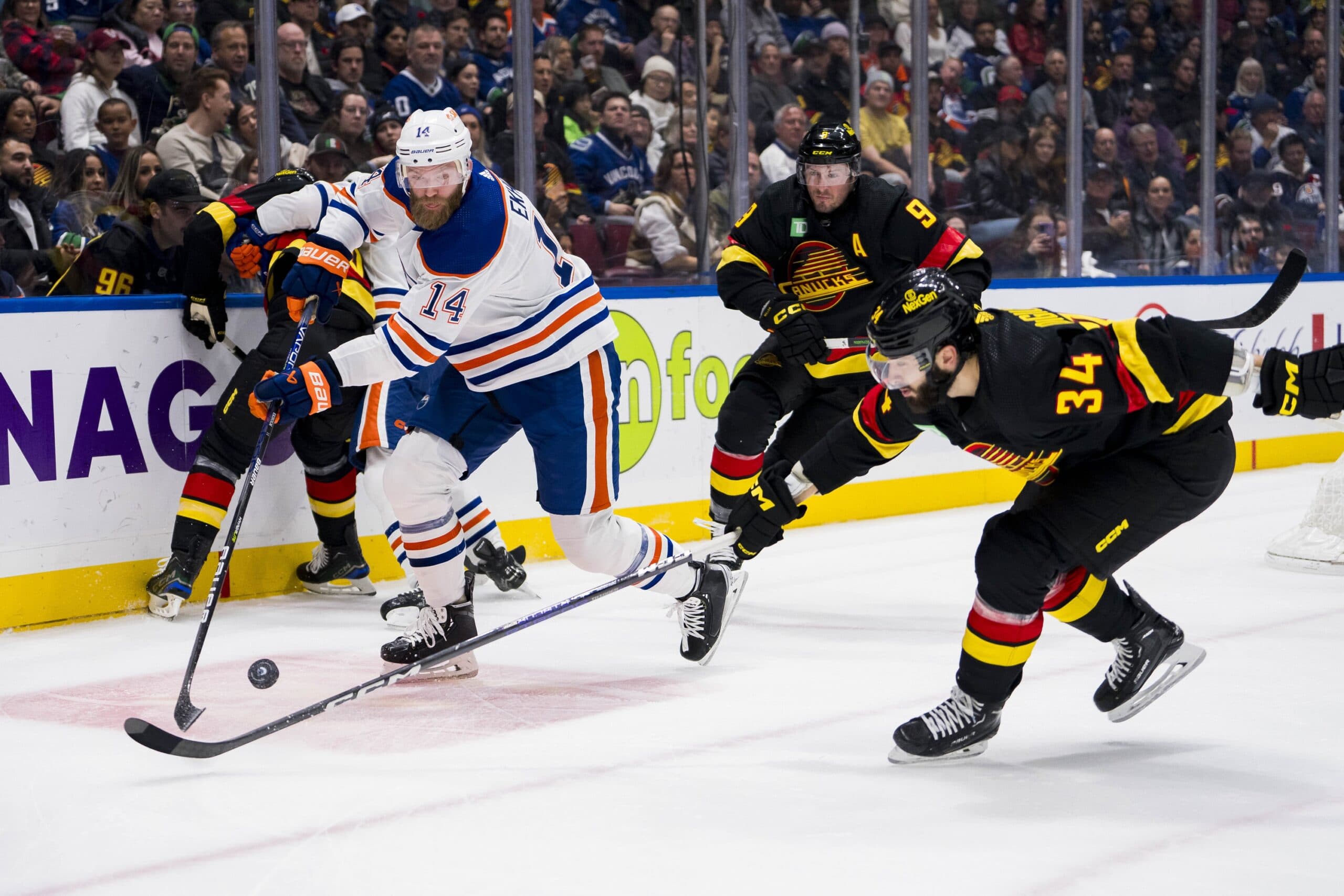How the Vancouver Canucks stack up in each position against their Western Conference playoff competition
Photo credit: © Bob Frid-USA TODAY Sports
By Tyson Cole
7 months ago
Keep scrolling for the next article
Breaking News
- Which other Canucks will hit 1,000 games played?: Canucks Conversation
- Through improved defensive play, Canucks’ Erik Brännström is earning an extended NHL stay
- NHL odds, betting preview (Oct. 22): Canucks vs. Blackhawks predictions
- Canucks turn to Kevin Lankinen vs. Chicago: is it the right call?
- Canucks game day: JT Miller a game time decision for road trip finale against Blackhawks
